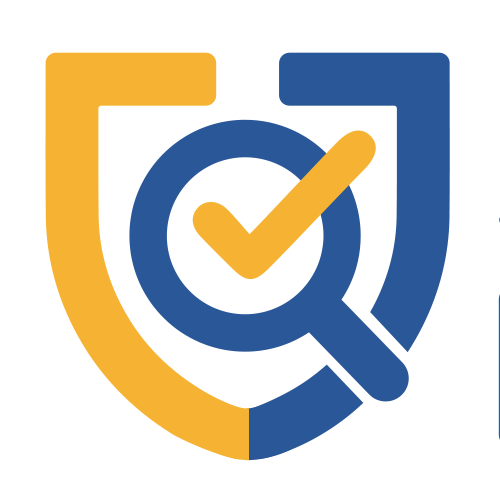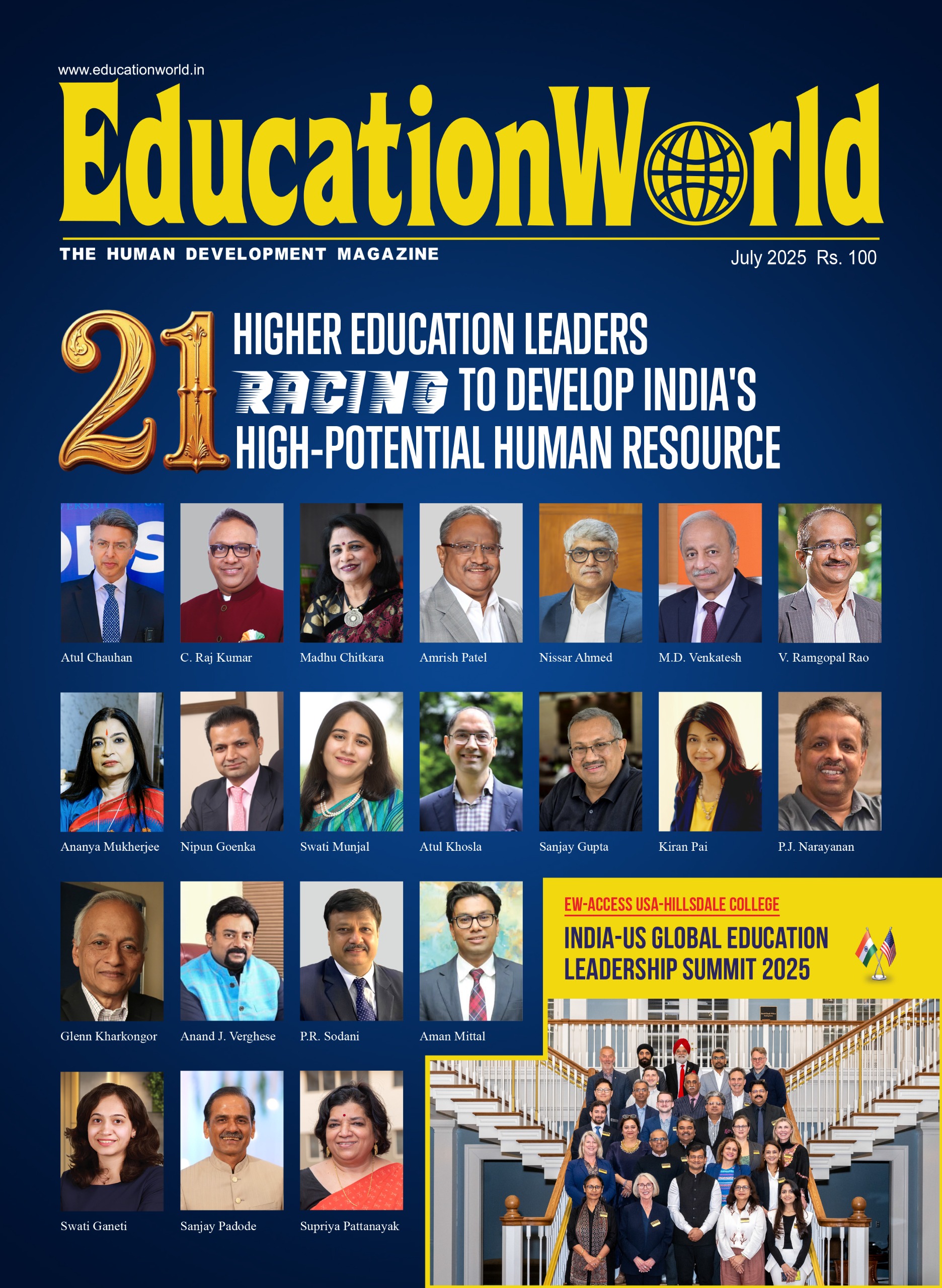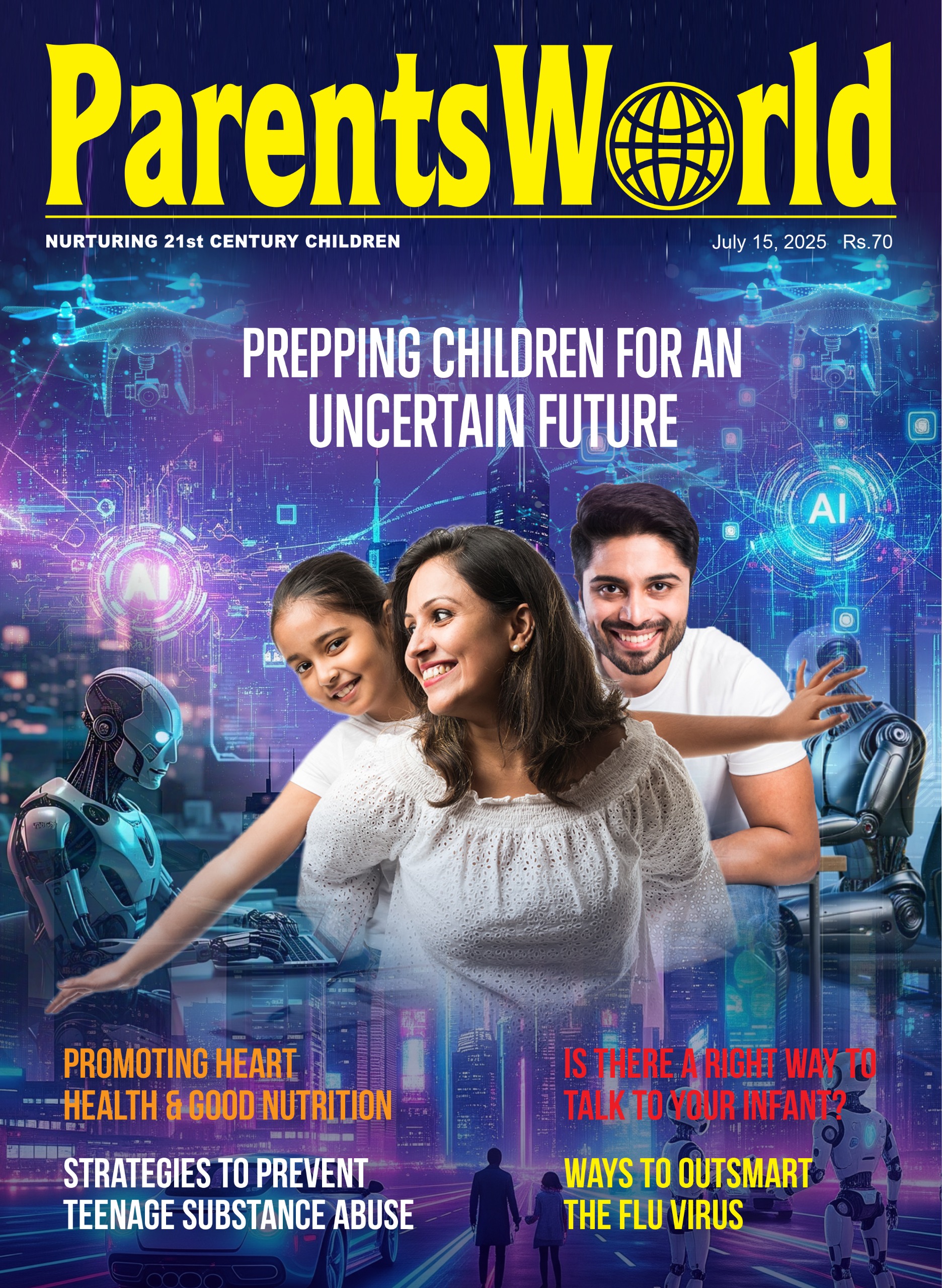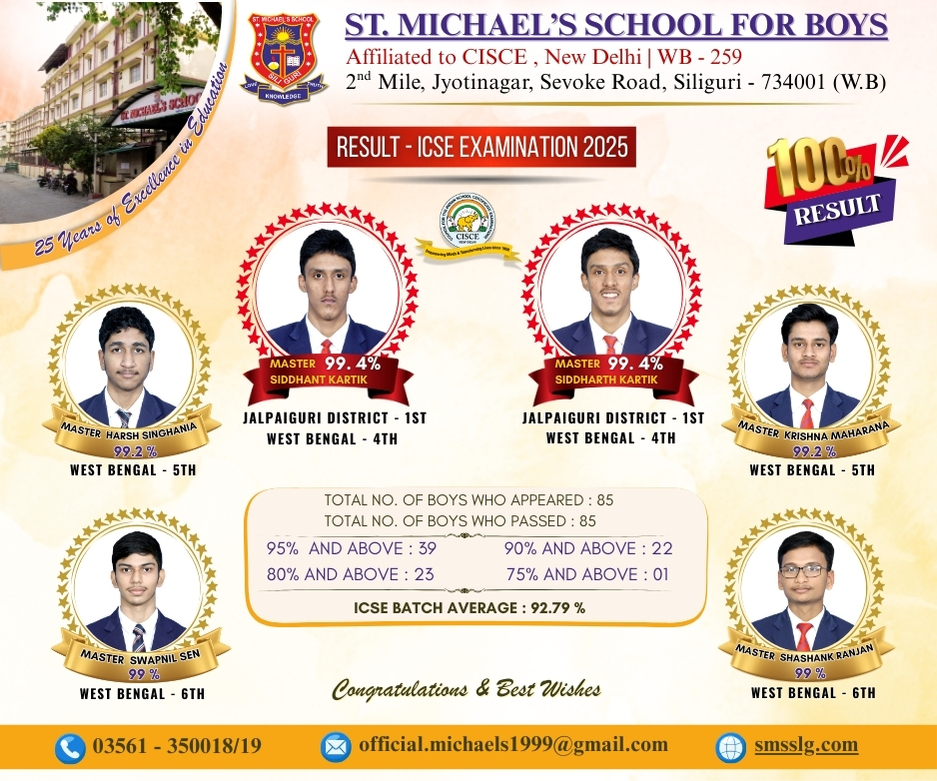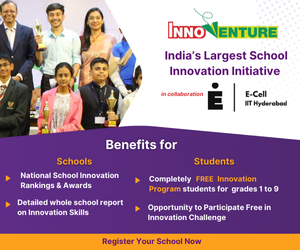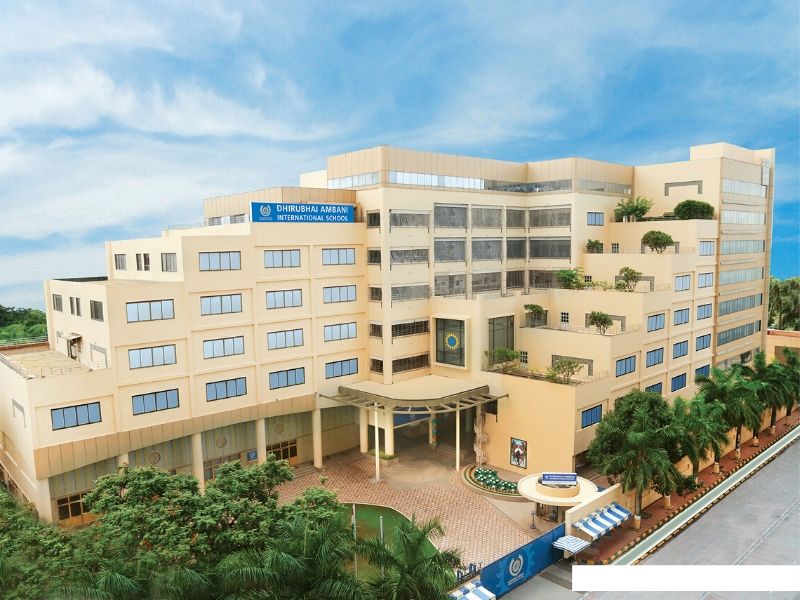New paradigm in engineering educationDr. R, NatarajanChange is a distinctive characteristic of the 21st century ‚ not only in absolute terms but also at the accelerated pace at which it is occurring. Who would have believed 30 years ago that Germany would be re-unified, the Soviet Union would implode, apartheid would be history in South Africa, and that India‚s economic reforms would transform it into one of the world‚s fastest growing economies? The fallout of such bewildering and accelerating change is increased uncertainty and lesser predictability.These macro-level political and socio-economic changes have also significantly impacted technology, commerce, lifestyle, education, entertainment, politics, etc. Growing populations, rising expectations and widespread awareness that education is the passport to prosperity have intensified the demand for higher education. Today there is increased awareness of the inequities of the digital, technology and prosperity divides with general acknowledgement that access to higher education is the only panacea.Against this backdrop, it is important for teachers and educators to absorb that 21st century students are a new breed. Most of them haven‚t touched a typewriter, played a record album, calculated with a slide rule, travelled in a steam engine, hand-written a letter, or known a world without computers and the internet. Consequently it‚s probable that school children know more about technology than their teachers. Young kids get bored if they are performing only one function at a time; they are accustomed to multi-tasking.Such learners tend to entertain unreasonable expectations: that learning is easy and effortless; access to information is the same as acquisition of knowledge; acquisition of knowledge and skills can make up for lack of experience, and that success in life and work can be attained without hard work or commitment.As a consequence of these macro-level developments we are already witnessing major changes in the nature of employment, work, jobs and careers. Management pundit Charles Handy has predicted that “less than half the workforce in the industrial world would be holding conventional full-time jobs. More and more people will be self-employed; many will work temporary or part-time, sometimes because that is the way they want it, and sometimes because that‚s all that is available.”Indeed patterns of working life are changing. In a recent issue, the highly respected London-based The Economist noted that frequent job changes, greater freelancing, working from home, more opportunities but also more uncertainty, are likely to characterise the employment market. On the other hand the US-based consultancy firm McKinsey has warned its clients that the most important challenge for companies today is “the war for talent”.The radical transformation of the jobs marketplace is evidenced by the application of the principles of ‚Ëœjust-in-time‚ manufacturing techniques to employment by Icarian, a Silicon Valley firm. At short notice, it recruits not only temporary secretaries and assistants, but freelance engineers, technical writers, marketing directors and even chief executives (at hourly rates!).In this rapidly changing scenario, employers are attaching increasing weightage to the attitude, emotional intelligence and work ethics of job seekers. A Harvard University study indicates that often the attitude and enthusiasm of a job seeker gets as high as 85 percent weightage. Being knowledgeable, smart and well informed are subsidiary considerations. In a best-selling book: Emotional Intelligence ‚ Why it can matter more than IQ, author Daniel Goleman argues that when people with high IQs flounder, while those with modest IQs do well, the differentiating factor is the higher emotional intelligence of the latter.All these changes in the macro-environment and the emerging global jobs market impose new demands on engineering teachers and education systems and processes in particular. The notion of the teacher as disseminator of knowledge has now been turned on its head. In her new role, an effective teacher is a facilitator, coach or mentor. “The teacher is no longer the sage on the stage, but the guide on the side.” The 21st century paradigm for engineering education in the near future will have to integrate several features which have existed as separate entities hitherto ‚ initial education plus continuing life-long education; institutional plus industry components; formal plus informal education; education plus training; quantitative expansion plus quality assurance; technology plus management; traditional plus web-based instruction; access to print plus electronic media; utilisation of traditional plus digital libraries; educational plus information technology; traditional plus distance education; and last but not least, teaching plus learning.In essence, engineering education in the 21st century is likely to morph into a multi-disciplinary, multi-mode, multi-media, multiple-partner learning which is all to the good.(Professor R. Natarajan is former chairman, All India Council for Technical Education and former director, IIT Madras)
Anniversary Special 3
EducationWorld November 05 | EducationWorld
